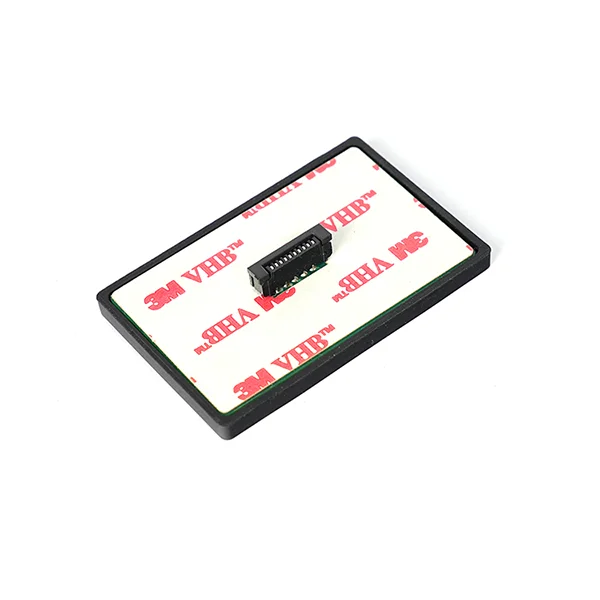Epoxy Membrane Switch for Dish-Washing Machine
Epoxy keys are meticulously applied through a precise dispensing process. These keys are commonly chosen for aesthetic reasons, providing a sleek appearance and making the keys visually prominent. Despite being raised off the surface, epoxy keys offer a tactile feel akin to embossing, aiding users in locating keys easily.
-
Insulation impedance:≥ 100MΩ 100V
-
Dielectric strength:250V Rms (50-60HZ, 1min)
-
Contact jitter time:≤ 5ms
-
Electrical characteristics:35V (DC), 100mA, 1W
-
Contact resistance:10Ω-500Ω (varies according to the lead wire and the material use, generally<200Ω)
| Basic Parameters of Tactile Membrane Switch | |
| Max. Panel size | 600*800mm |
| Max. Panel size (with emboss) | 400*500mm |
| Paste | silver paste, carbon paste |
| Ink color | red, black, blue, white, yellow, green, purple, etc |
| Trace width | 0.15-0.20mm |
| LED spec. | 0402, 0603, 0805, 1210 |
| Wire length | Per customer requirements |
| Waterproof class | IP65 |
| Connector | female pin, male pin |
| Metal dome types | triangle, for-legs, circle |
| Trip force (metal dome) | 280g, 340g, 450g |
| Travel (metal dome) | 0.35-0.71 |
| Diameter (metal dome) | 8.4mm, 10mm, 12.2mm |
| Surface treatment (metal dome) | gold plating, nickle plating, stainless |
| Back adhesive | DSMS, 3M, SOKEN |
| Citcuit board option | FPC, PCB, Aluminum |
| Panel material | PET, PC, TPU, PMMA |
Sometimes, almost of designers would like to make a small emboss on the top layer of metal dome to convenient for identifying and indicating. In the manufacturing, this always achieved by a process that elevates the key area using magnesium membrane switch overlay embossing dies. An alternative method to embossing involves the use of epoxy keys.
In instances where space constraints pose challenges around the keys, epoxy keys become a practical choice. When keys are closely positioned or near the part’s edge, embossing may encounter adhesion issues. Epoxy keys address this concern by ensuring sufficient adhesion around the keys, preventing the risk of delamination.
Membrane switches have established themselves as a reliable technology for keypad interfaces, possess many advantages that adopting various applications over the years. Here are some key features and design considerations of it.
- Membrane switches are thin and flexible, making well to slightly curved surfaces.
- The design of membrane switches can combine seamlessly with various overlay materials, including PC, PET, or silicone keypads. PC and PET offer options for gloss or textured finishes, with PET demonstrating better life cycle and chemical resistance. Both materials can be enhanced with hard coating for anti-scratch properties.
- Depending on the application, materials with UV resistance for outdoor use or antimicrobial protection for medical environments are available. Customers can choose the most suitable materials for their specific usage environment by consulting with our engineers.
- Backlighting and/or indicator lighting can be incorporated into the circuit layer using LEDs or Light Guide Films (LGF). The overlay can be crafted with a various appearance what you want.
- Key buttons can be embossed, debossed, or perimeter embossed for enhanced aesthetics. Braille emboss dots can be added, and UV-cured epoxy drip buttons provide a 3-dimensional effect through an automated drip process or a UV-imprint method.
- Buttons can be tactile or non-tactile, with choices such as metal domes, polydomes, or dome emboss for tactile buttons. Metal domes with a center opening for LED applications are also available.
- The flex cable connector can take various forms, including female connectors, no connectors with just carbon overprint for ZIF connectors, male pins, or solder tabs.
Contact us online






